The goddess in Kemet
Like many traditional African religions, women played a key role in the Kemite pantheon. Perhaps the best known is Isis, the mother of Horus and wife and sister of Osiris, who can be identified by the throne hieroglyph on her head, which spells out her name Iset or Aset (see below).
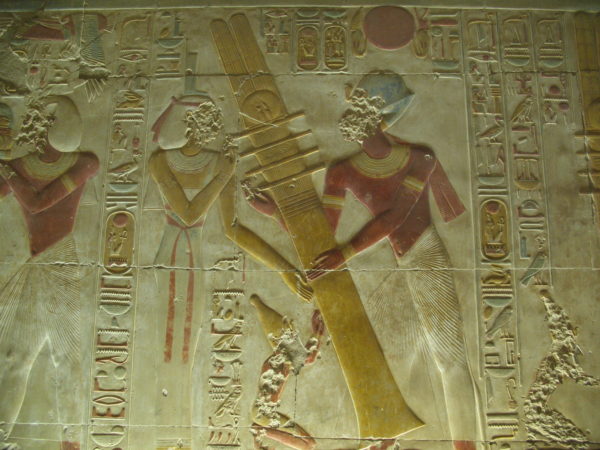
The role that gods played was often flexible and varied, depending on region for example. In the case of Isis, the goddess’ roles expanded to such an extent that in the Roman period she was given a second name to define which characteristic was being worshipped, for example Isis Pelagia was associated with seafaring by association with the lighthouse at Alexandria. Even in traditional temples in Egypt, the goddess’ crown was adapted during the Ptolemaic period (332-30 BCE); she wore a sun disk and cow’s horns (see below).
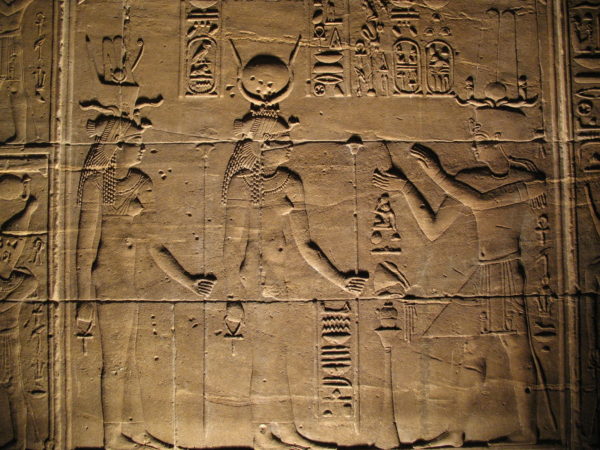
The last Cleopatra took the title ‘New Isis’, presenting herself as a living embodiment of the goddess from the middle of her reign, and appearing in the image of the goddess at a temple in Rome (below). Goddesses, and divine royal women, often wore a vulture headdress. You can see this on the relief above and on the statue below.
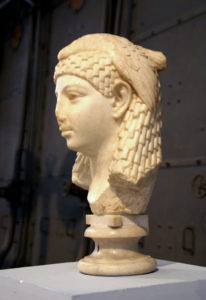
Anukhet
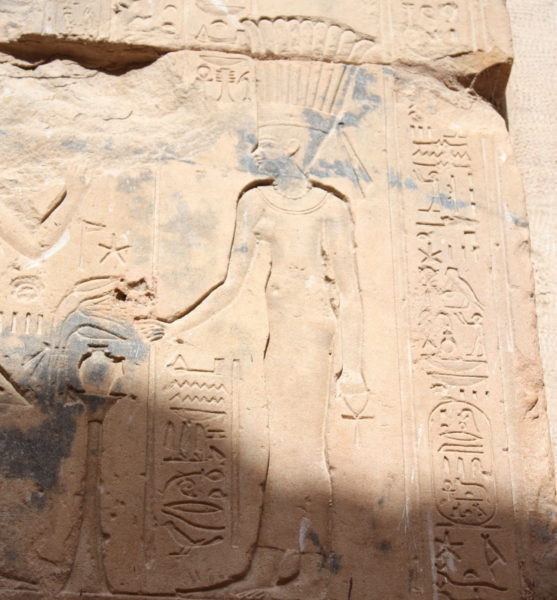
Many people have heard of Isis. However, there are a number of less well known deities. One of these is Anukhet (above). Anukhet was the daughter of Khnum and Satet, who were gods from the region we now call Nubia. Khnum, who was from the New Kingdom presented as a ram-headed god, was seen to be the guardian of the source of the River Nile at Elephantine. He was also powerful creator god; the potter’s wheel that represented him is a reference to the idea that he created children from the clay of the river. It was this aspect of Khnum that was celebrated at his cult centre in Esna. Satet, her mother, appeared in the form of a human and was identified as the giver of water, which she presented to the deceased as purification. Her cult centre was Elephantine, in modern Aswan.
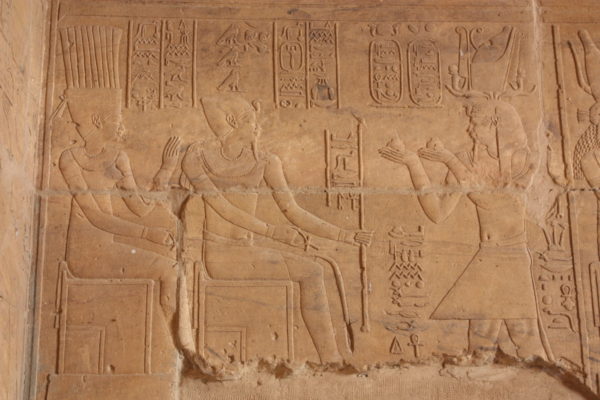
Anukhet, therefore, was the offspring of two powerful parents. Like her mother she appeared in the form of a human, but can be distinguished from other goddesses by the headdress she wore, which was made of feathers. Although human in form, she was associated with the gazelle. A reminder that many of the animals of Kemet, that are no longer found there, are those that we associated with other African countries further south.
Anukhet was primarily associated with the River Nile, and the annual festival that celebrated her powers involved worshippers dedicating precious items by placing them in the river. The cult centres for Anukhet were on the Islands of Seheil and Elephantine, which are in the modern city of Aswan (below).
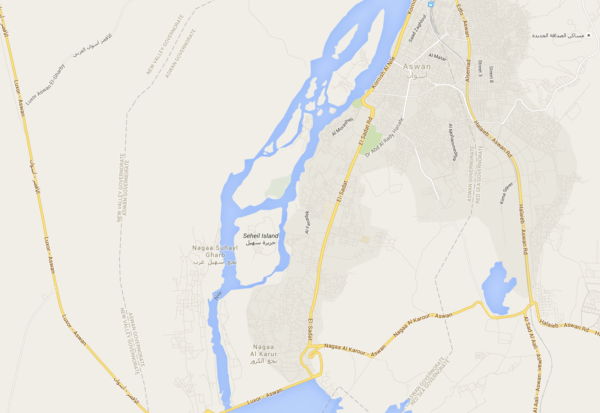
On the Island of Seheil, the goddess appears on a number of rock cut inscriptions, left by Kemite officials from the New Kingdom who were travelling further south (below) and who made offerings for protection. She also appears on temples further south, including a number in Kush.

